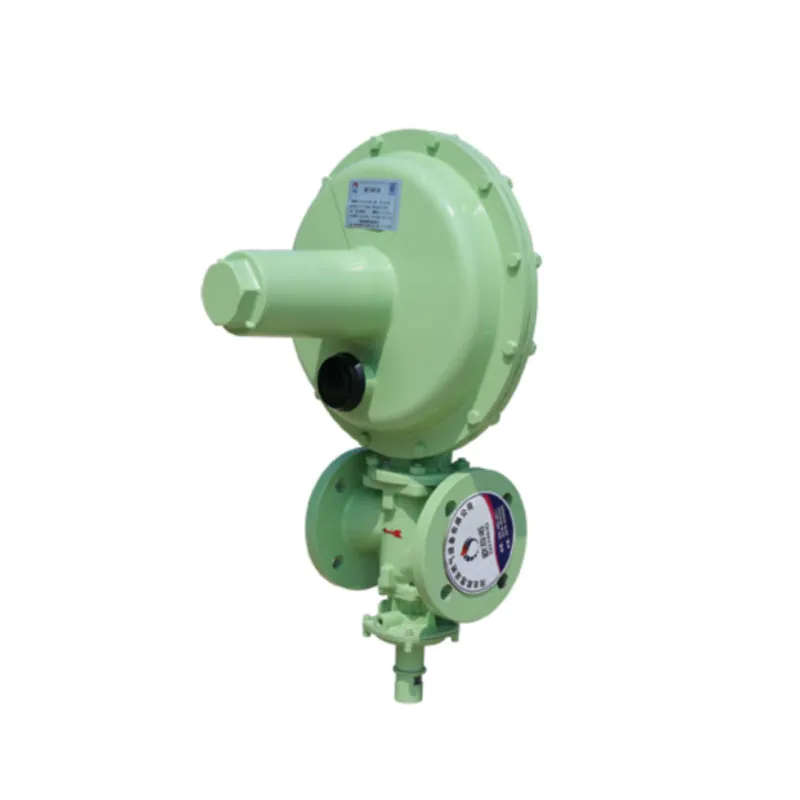
Dec . 17, 2024 12:35
Back to list
مخفض ضغط الغاز الطبيعي
Understanding Natural Gas Pressure Regulators
Natural gas, a critical energy source for residential heating, cooking, and electricity generation, must be transported and utilized at safe and efficient pressure levels. To achieve this, natural gas pressure regulators play a vital role. These devices ensure that the gas is delivered to homes and businesses at a consistent and manageable pressure, preventing potential safety hazards and ensuring optimal performance of appliances.
What is a Natural Gas Pressure Regulator?
A natural gas pressure regulator is a mechanical device designed to control the pressure of the gas flowing from the gas supply to the end user. Its primary function is to reduce the high pressure of gas supplied from pipelines to a lower, safe pressure for use in heating systems, stoves, and other appliances. Without these regulators, gas pressure could fluctuate significantly, leading to inefficient combustion or potentially dangerous conditions.
How Does it Work?
The working principle of a natural gas pressure regulator is relatively straightforward. It typically consists of a diaphragm, spring, and an internal mechanism that adjusts the gas flow based on the pressure exerted on the diaphragm. When gas enters the regulator, it pushes against the diaphragm. If the pressure is too high, the diaphragm moves in a way that reduces the flow of gas. Conversely, if the pressure is too low, it opens the flow to maintain the desired output pressure.
Regulators can be adjusted to accommodate different appliances and their specific requirements. For instance, typical household stoves may require a lower output pressure than industrial heating equipment. Therefore, selecting the correct type of regulator and setting it to the appropriate pressure is essential for safety and efficiency.
.
Natural gas pressure regulators come in various types, each suited for specific applications. The main types include
مخفض ضغط الغاز الطبيعي

1. Single-stage Regulators These are basic regulators that provide a single reduction of pressure. They are generally used in applications where outlet pressure stability is not a significant concern.
2. Two-stage Regulators These regulators reduce pressure in two steps, offering more accurate and stable outlet pressure. They are commonly employed in more critical applications where pressure consistency is paramount.
3. Lock-up Regulators These units are designed to provide a safety mechanism that shuts off the gas flow in case of overpressure or irregularities in the gas supply.
4. Vent Limiting Regulators These are used to limit the amount of gas that can escape into the atmosphere, thus minimizing waste and potential hazards.
Importance of Regular Maintenance
Like any mechanical system, natural gas pressure regulators require regular maintenance to ensure their proper function. Over time, debris and contaminants can build up in the regulator, impairing its performance. Regular inspection can help identify these issues before they lead to significant problems, such as gas leaks or inefficient appliance operation.
In addition, ensuring that the regulator is set correctly for the appliances it serves is crucial. If the pressure is too low, appliances may not operate effectively, leading to increased energy costs and possible damage. Conversely, if the pressure is too high, it could pose serious safety risks, including gas leaks or fires.
Conclusion
In summary, natural gas pressure regulators are essential components in delivering natural gas safely and efficiently. They ensure that the gas is at the correct pressure for domestic or industrial use, protecting both users and their appliances. Understanding how these regulators work, their types, and the importance of maintenance can help users maximize efficiency and safety in their natural gas usage. As we continue to rely on natural gas for our energy needs, the significance of these devices cannot be overstated. Regular checks and proper management will ensure that your gas appliances operate smoothly, providing comfort and reliability in our daily lives.
Latest news
-
Safety Valve Spring-Loaded Design Overpressure ProtectionNewsJul.25,2025
-
Precision Voltage Regulator AC5 Accuracy Grade PerformanceNewsJul.25,2025
-
Natural Gas Pressure Regulating Skid Industrial Pipeline ApplicationsNewsJul.25,2025
-
Natural Gas Filter Stainless Steel Mesh Element DesignNewsJul.25,2025
-
Gas Pressure Regulator Valve Direct-Acting Spring-Loaded DesignNewsJul.25,2025
-
Decompression Equipment Multi-Stage Heat Exchange System DesignNewsJul.25,2025

